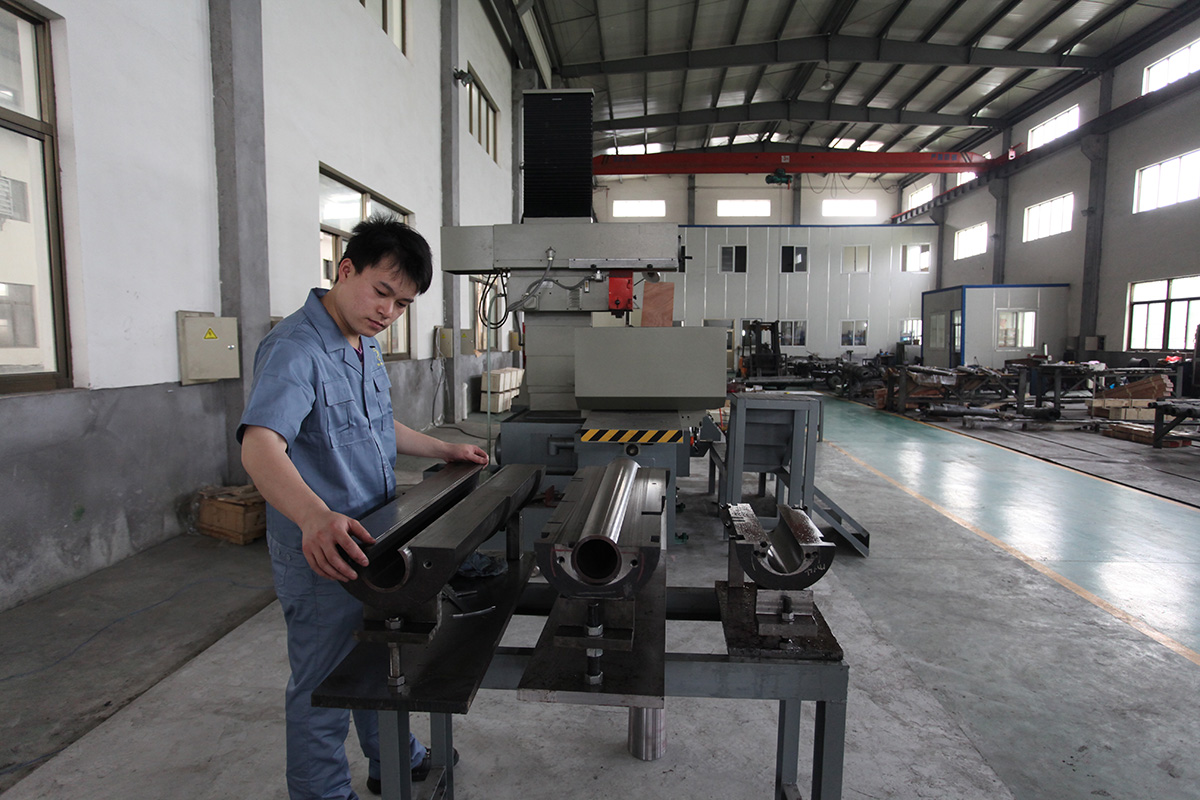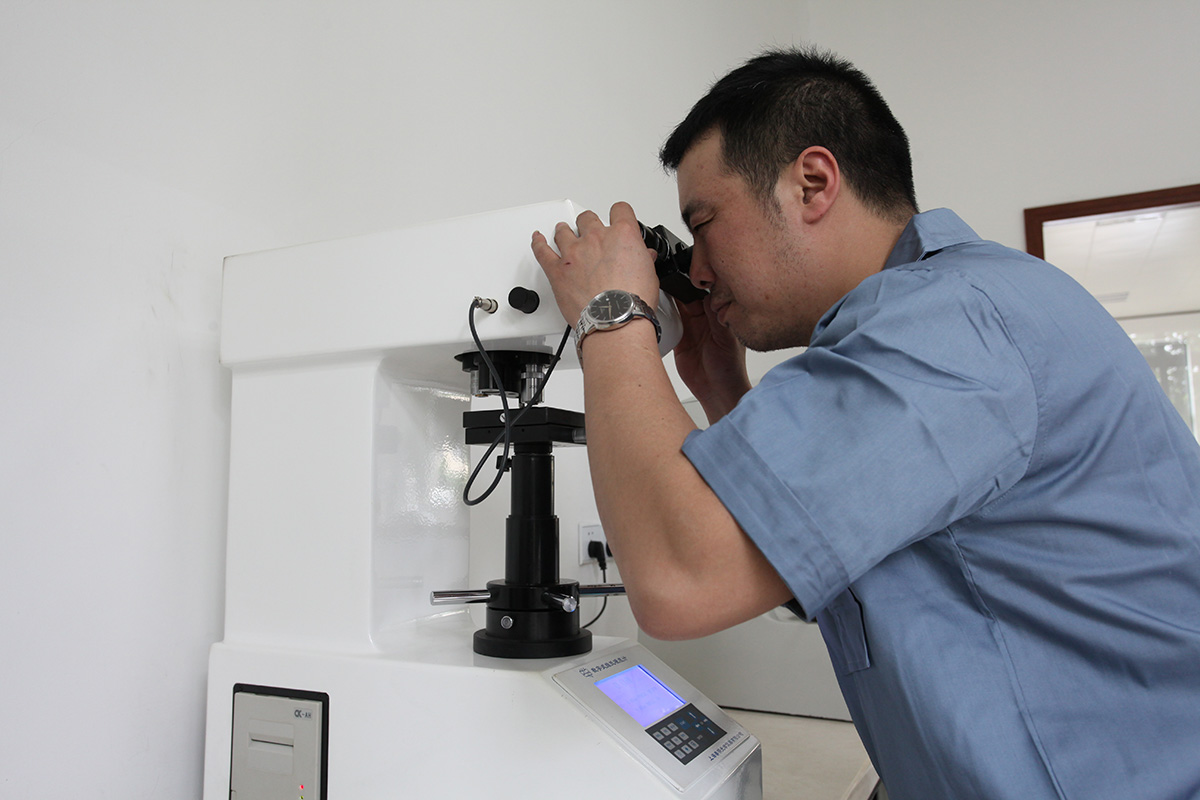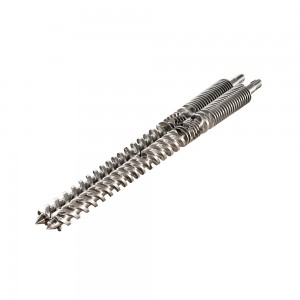PVC Pipe and Profile Designed for Extruders Conical Twin Screw Barrel – Efficient Production, Wear Resistant, Factory Direct Sale

The conical twin screw barrel typically has a tapered or conical shape, with a larger diameter at the feed end and a smaller diameter at the discharge end. The conical design allows for increased processing capacity and improved material homogeneity.
Screw Configuration: The twin screws in a conical twin screw barrel have a matching conical shape and rotate in opposite directions. The flight depth of the screws decreases gradually from the feed end to the discharge end, aiding in the melting and mixing process.
Material and Coatings: Conical twin screw barrels are typically made of high-quality alloy steel, which provides excellent strength and durability. Surface treatments like nitriding or bimetallic cladding can be applied to enhance wear resistance and extend the barrel's lifespan.
Screw Configuration: The conical twin screw barrel has two intermeshing screws that rotate in opposite directions. The screws typically have a deeper flight depth at the feeding section, gradually decreasing towards the discharge end. This configuration enhances the plasticizing efficiency and ensures good mixing of the molten plastic.
Material and Coatings: The barrel is usually made of high-quality alloy steel to withstand the high temperatures and pressures involved in the plastic extrusion or injection molding processes. It may also feature a specialized coating or treatment, such as nitriding or bimetallic cladding, to enhance its wear resistance and prolong its lifespan.
Heating and Cooling: The conical twin screw barrel is equipped with heating and cooling systems to precisely control the temperature during the plastic processing. Heating elements, such as electric heaters or heating/cooling jackets, are used to maintain the desired melt temperature, while water or oil circulation systems help regulate the barrel temperature.
Applications: Conical twin screw barrels are commonly used in various plastic processing applications, including PVC pipe/profile extrusion, PVC window profile extruder.



Overall, conical twin screw barrels are designed to enhance the plastic processing capabilities of extruders by providing efficient plasticizing, melting, and mixing of materials.
| Models | |||||||
| 45/90 | 45/100 | 51/105 | 55/110 | 58/124 | 60/125 | 65/120 | 65/132 |
| 68/143 | 75/150 | 80/143 | 80/156 | 80/172 | 92/188 | 105/210 | 110/220 |
1.Hardness?after?hardening?and?tempering:?HB280-320.
2.Nitrided?Hardness:?HV920-1000.
3.Nitrided?case?depth:?0.50-0.80mm.
4.Nitrided?brittleness:?less?than?grade?2.
5.Surface?roughness:?Ra?0.4.
6.Screw?straightness:?0.015?mm.
7.Surface?chromium-plating's?hardness?after?nitriding:?≥900HV.
8.Chromium-plating?depth:?0.025~0.10?mm.
9.Alloy?Hardness:?HRC50-65.
10.Alloy?depth:?0.8~2.0?mm.








